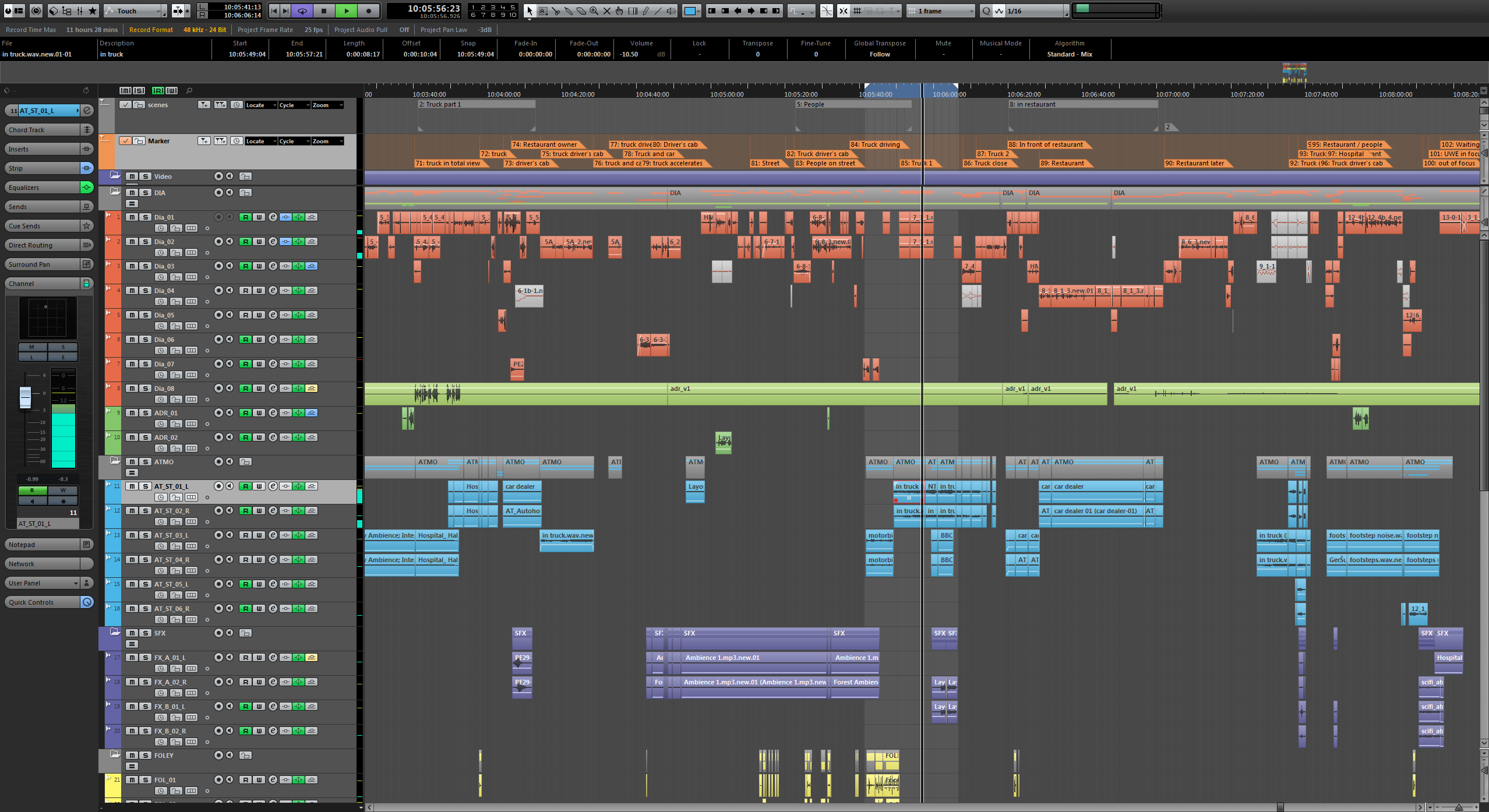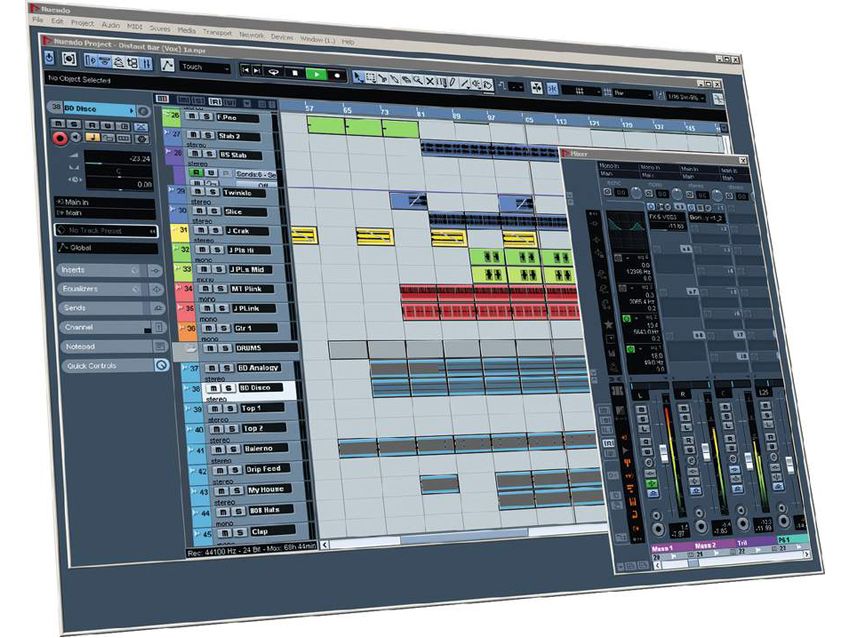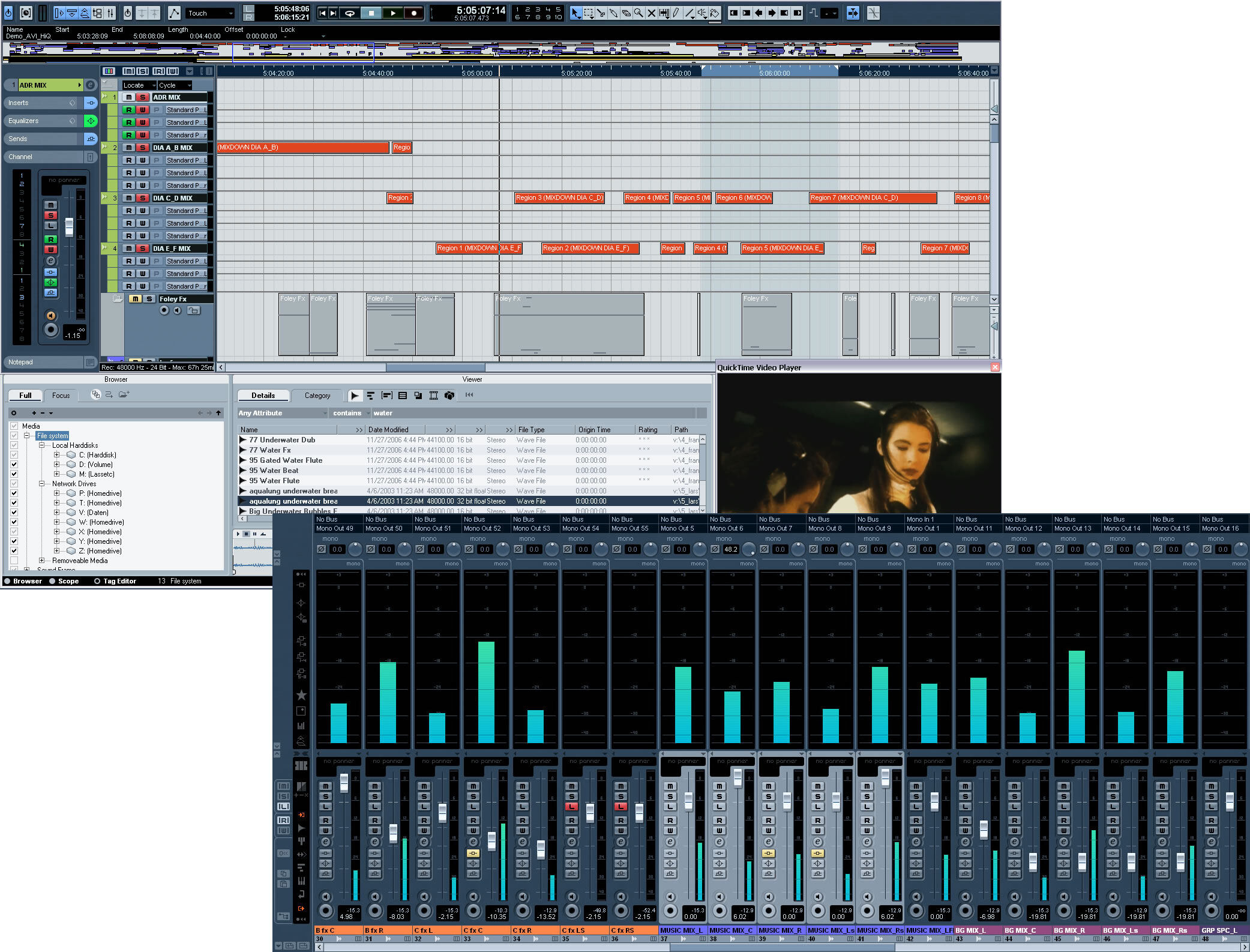
Once you've set up the inputs, switch to the 'Outputs' tab and assign the output channels of your audio interface accordingly.

Make sure your audio interface is listed in the 'Audio Device' column (2).

To remove a bus, right-click anywhere in its row and select 'Remove Bus. If you need more input channels (or if you want to access the two channels via two mono busses), you'll need to create an additional bus by clicking on the 'Add Bus' button. By default, you'll find a single stereo bus named 'Stereo In' in the 'Bus Name' column on the left.In the newly opened setup window, select the 'Inputs' tab (1).◷ Older Cubase/Nuendo versions: Select 'VST Connections' from the 'Devices' menu. Select 'Audio Connections.' from the 'Studio' menu, or press F4 on your keyboard.Important: Only channels that are assigned to a bus are available for recording and playback in Cubase/Nuendo.

If needed, busses holding more than two channels can be set up as well as single-channel (mono) busses. By default, an empty Cubase project ('Empty' template) has a stereo input and a stereo output bus, each combining two channels of the audio interface. Input and output channels in Cubase are organized in busses. However, it is recommended to check whether the busses are correctly configured.īack | Next: Configuring input and output busses Often, particularly if you are using a simple audio interface with two input and two output channels, recording and playback will already be possible. If your audio interface is not listed, make sure the latest driver is properly installed - and that the device is correctly connected and switched on.Ĭubase is now basically connected with the audio interface.

◷ Older Cubase/Nuendo versions: Select 'VST Audio System', 'VST Multitrack' or 'VST Audiobay'. In the 'Devices' column on the left, select 'Audio System'.◷ Older Cubase/Nuendo versions: Select 'Device Setup.' from the 'Devices' menu. Select 'Studio Setup.' from the 'Studio' menu.In the first step, Cubase/Nuendo must be told which audio device to use, particularly if there are several options - for example, the internal audio hardware and an external audio interface connected via USB.


 0 kommentar(er)
0 kommentar(er)
